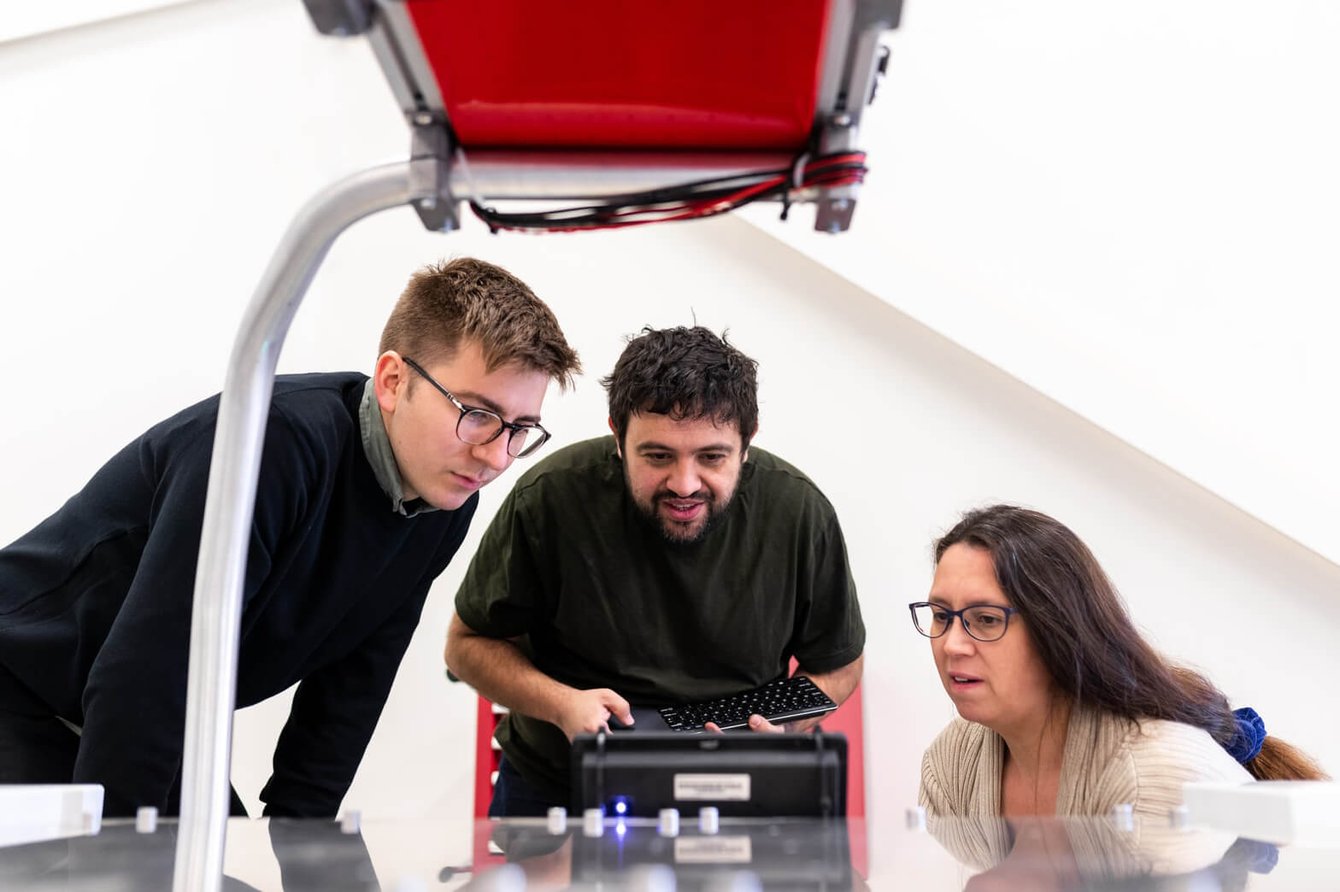Automotive manufacturing involves acknowledging and preventing several safety risks to avoid workplace accidents. Correct safety procedures are also essential to decrease vehicle damage. Find out if you’re taking unnecessary risks today, and learn how to fix them.
Safety at the factory
All professional automotive manufacturers are doing their best to ensure a safe and risk-free environment. As responsible for end-of-line or other operations, it’s crucial to have a high safety record and a low damage record. If anything can be done to increase the safety standards – it should be done.
4 common safety issues
1. Employees pushing vehicles
Moving a car by yourself is dangerous and heavy. Also, the more people you involve in that assignment, the more dangerous it gets. Many assembly line operators hurt their backs every year due to manual vehicle moving. Additionally, pushing a car inside a busy plant is a work environment issue. With one person inside controlling the vehicle, you have other people pushing. The noisy environment at the end-of-line makes the coordination between the pushers and the operator in the car unclear and confused. Misunderstandings can result in operators pushing hard while the person inside the vehicle steps on the brake. In combination with high noise levels and extensive activity levels, this results in an unnecessary safety risk, easy for you to eliminate.
Solution: When you use an electric vehicle mover, you won’t have to pull people from their regular job to move a car. A vehicle mover is a one-person operation. That means there’s only one person in charge of moving the car, and this person is behind the vehicle, protected by the machine.
2. Run-over accidents
Another risk of pushing vehicles inside the plant is run-over accidents. These kinds of severe accidents are rare, but unfortunately, they occur. Run-over accidents often inflict serious injuries, sometimes even death. When operators push a vehicle from one place to another, they move away from their safe zone e.g. by the assembly line. Moving around in the plant with a heavy car where safety is determined by how well communication works between the people involved is hazardous – for operators moving the vehicle and for other employees. Anyone can get caught by surprise by the moving vehicle, and their safety is in the hands of the operators assigned to move the car. Usually, the operators pushing run the most considerable risk of getting run-over if communication is poor.
Solution: Since a vehicle mover is a one-person operation, all operators can stay in the safety zone where they are assigned. Also, the operator responsible for moving the vehicle is safe when using a ride-on machine. The operator cannot get run-over when standing on a secure platform. The vehicle mover is also equipped with safety features, enabling the operator to alarm other employees about the vehicle approaching.
3. Long-distance moving
If you need to transport your vehicles for long distances, there’s an increased risk for both cars and people. The greater the distance, the more opportunity there is for safety issues.
Solution: With a vehicle mover, you can go a mile without taking any direct risks. The operator is protected, and the vehicle is safely loaded upon the machine. Using a vehicle mover with terrain capability, you can transport cars long distances on rough ground while maintaining stability.
4. Vehicle damage
When your operators are pushing a vehicle, many hands are touching the car. If one of the operators or the driver isn’t paying attention, there’s a risk of damaging the vehicle. Using a mechanical pusher also involves touching the body of the car. Painted bumpers, distance sensors, and tail lights are standard parts that can be damaged. With better safety standards, you can prevent this from happening.
Solution: A vehicle mover only operates on the tires. Therefore, it won’t do any damage. Using a professional machine instead of pushing is an efficient way of reducing car damage records.
5 ways a smart vehicle mover can keep both cars and people safe
Taking actions reducing safety issues
Many of the safety issues you face as a product engineer can be solved using a vehicle mover. By changing small things in your operation and leaving risky situations to a reliable machine made for industrial use, you will soon see improved safety records.
Learn more about how to reduce safety issues by downloading the full checklist: How to move vehicles safely in a plant.





